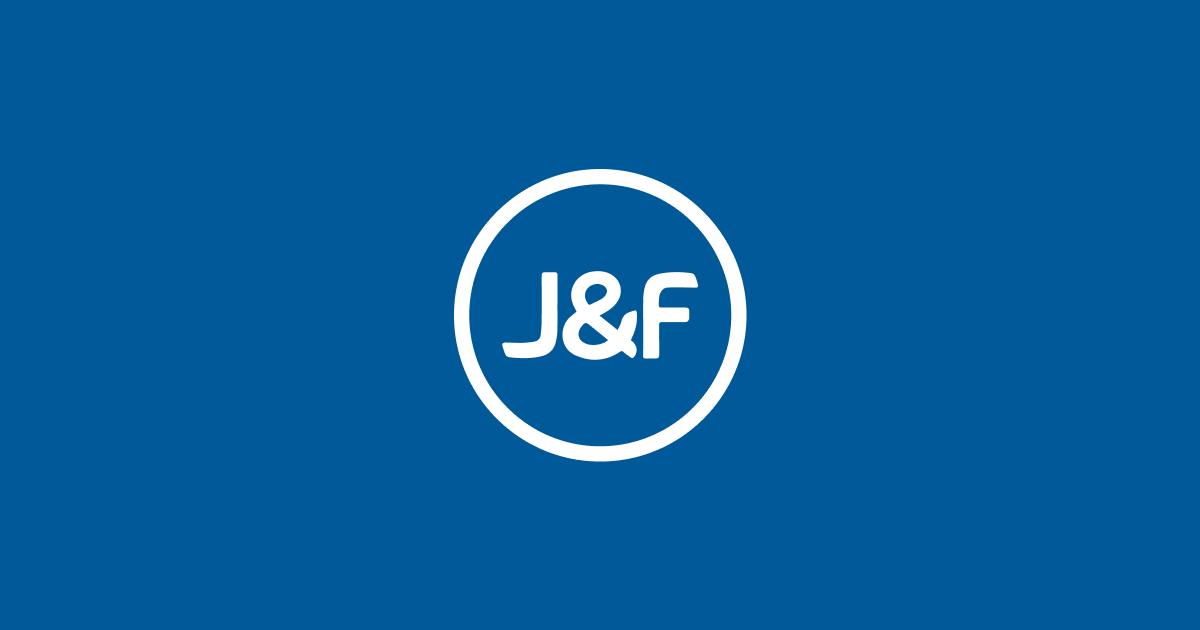In addition to the expansion of telecommunications infrastructure like antennas and cables, the digitalization of society and the advent of 5G wireless technology will also require “invisible” services including network management and automation, with intensive use of artificial intelligence – the ability of machines to interpret data and learn. The demand for these products is already increasing, sources from this market told Valor.
The telecommunications products and services sector has room for a “gigantic” growth, according to Ranier Souza, director of engineering at Cisco Brazil.
A survey by the company found that 95% of network changes in 27 countries, including Brazil, are executed manually, which results in operating costs two to three times higher than the expenses with automation.
According to IDC, considering the years 2021-2022, 5G technology will generate the equivalent of $2.7 billion in new business involving technologies such as artificial intelligence, virtual and augmented reality, internet of things, cloud, security, and robotics.
One company that already perceives the segment’s expansion is Infovista, which projects a revenue growth of at least 50% in Brazil and Latin America. Michel Araujo, the firm’s vice president for Latin America, explains that 5G will increase the need for network automation. “In the case of a self-driving car, for example, which heavily relies on the new technology, if there is a problem that interferes in the communication cycle from the cell tower to the infrastructure of the carrier, including how the vehicle is receiving the information, this process must be automatically reviewed, diagnosed and re-established in an automated way,” he said.
Paris-based Infovista develops solutions that automatically prevent and repair problems in the network cycle. The solutions are primarily provided to carriers so they can serve corporate customers on an individualized basis, but there are also deals with businesses in general. “5G is nothing without control,” Mr. Araújo said.
The network management solutions allow a greater spread of the carriers’ signal, which brings investment gains, because the biggest expenses of the telcos are with antennas – especially because 5G has greater capacity but less coverage, which requires a larger number of base transceiver stations. Companies are also expected to save money because automation requires lean operation teams, although they need knowledge of artificial intelligence.
The Infovista executive stressed that the new technology will enable the fourth industrial revolution, with thousands of devices connected to networks including agricultural, industrial and smart city sensors.
There is also the concept of digital twins, virtual representations in real time of objects, processes and systems, which will allow a mining company, for example, to have bases in several different locations, with many connected devices. “Imagine how this company will be able to control, visualize, diagnose and make repairs within this model? It will need automation. This is the challenge,” Mr. Araújo said.
Another company in this segment is Logicalis, which emerged in the United Kingdom in 1997. According to Rodrigo Parreira, the firm’s chief executive for Latin America, the platforms for network management are old and manual operations still play a prominent role. “There are control rooms with dozens of employees sitting around, looking, trying to identify problems within carriers,” he said.
With 5G technology, which will increase the amount of data transmitted over telephone networks, it will be necessary to quickly identify the root cause of any failures. That’s why automation is important, says Mr. Parreira.
Logicalis does not focus so much on developing solutions. Instead, it works installing and maintaining the systems inside carriers and companies. According to Mr. Parreira, growth in this segment is likely to speed up in coming months in tandem with the implementation of 5G in the country. “We are working hard in this field and we are looking closely at this new transition, including some ongoing projects and initiatives, such as a partnership with IBM for cloud computing management,” he said.
For the executive, the 5G auction was meant to “shake up” the market, enabling the arrival of new providers, who will need to invest and build networks in the coming years.
Mr. Souza, with Cisco, said that the need to avoid manual tasks is inevitable and imminent, with increasingly leaner structures. He points out that the digital security field also needs automation. “In the past, when a new virus appeared, updating networks took a long time. Today, what used to take days happens in minutes. If there is no robust automation and detection solution, with artificial intelligence, a company can quickly fall victim to ransomware,” he said. According to Cisco’s global survey, 39% of the technologies used by organizations are outdated.
According to him, “a very large number of tasks are still manual and there is room to grow, which is already happening. Pandemic and increased digitalization, as well as 5G, accelerate this process.”
Eduardo Tude, a consultant at Teleco, sees further growth potential for the next few years as 5G reaches Brazilian cities. “Carriers are activating their networks and services. There will be more tests this year, not something massive. 5G has all the consumer part, but it came to enable a new type of services for companies,” he said.
Source: Valor International


/i.s3.glbimg.com/v1/AUTH_37554604729d4b2f9f3eb9ad8a691345/internal_photos/bs/2022/1/J/UdzW2qQ52Whkltjhk2bg/ap22074623258139-20-281-29.jpg)
/i.s3.glbimg.com/v1/AUTH_37554604729d4b2f9f3eb9ad8a691345/internal_photos/bs/2022/j/p/L8Qy0uR6irocy2L7sBXw/ruy-20kameyama-brmalls-20e-20rafael-20sales-aliansce-20sonae-20shopping.jpg)
/i.s3.glbimg.com/v1/AUTH_37554604729d4b2f9f3eb9ad8a691345/internal_photos/bs/2022/D/w/yolJ85TtOeCk5bSAaNCg/04fin-100-juros-c1-img01.jpg)
/i.s3.glbimg.com/v1/AUTH_37554604729d4b2f9f3eb9ad8a691345/internal_photos/bs/2021/8/3/gpajCUTu6XBdp1fwbdMw/embraer-aviao-divulgacao.jpg)
/i.s3.glbimg.com/v1/AUTH_37554604729d4b2f9f3eb9ad8a691345/internal_photos/bs/2021/b/S/znFb2AQmKfmrq8QCAITA/18bra-100-clima-a4-img01.jpg)
/i.s3.glbimg.com/v1/AUTH_37554604729d4b2f9f3eb9ad8a691345/internal_photos/bs/2022/N/8/bXMowyQEe5hcOUYXO9tQ/270422paulo4-20passarelli.jpg)
/i.s3.glbimg.com/v1/AUTH_37554604729d4b2f9f3eb9ad8a691345/internal_photos/bs/2022/A/4/AVpkR4RBOVDGN8vhNHcQ/010621arx08-20copom.jpg)